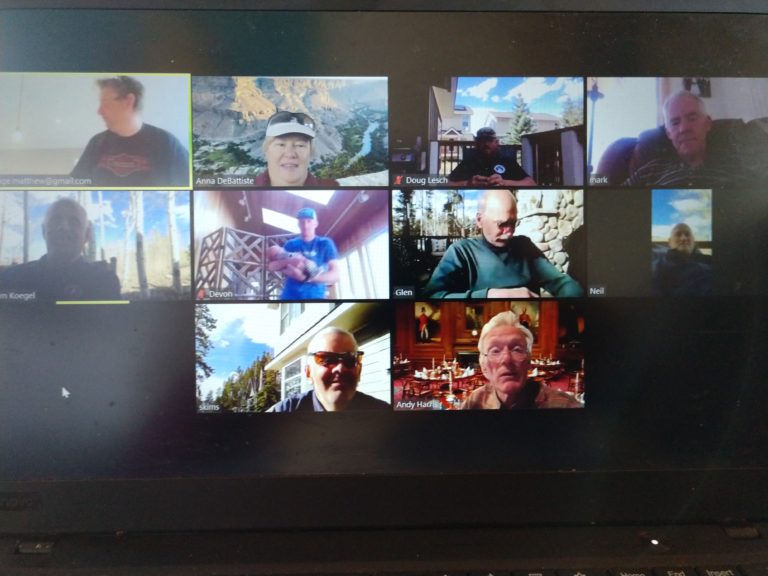What is employee engagement, really? Zappos, an online shoe retailer best known for outstanding customer service, has a simple and intuitive definition: employee engagement is “employee happiness.” And employee happiness comes from cultivating four elements in your workplace:
- Connection to a Larger Vision: The ability to contribute to something bigger than yourself
- Perceived Progress: The perception that you’re further along today than yesterday
- Perceived Control: The perception that you have a direct effect on the outcomes in your life
- Relatedness: Living life in the context of meaningful relationships
If you work for a government agency, you might be thinking, “That’s all very well, but I have to live in the real world.” Are there too many rules and regulations in the federal environment to make use of Zappos’ philosophy? I don’t think so. Here are some ideas to consider:
- Connection to a larger vision is about that most elementary and primary activity of any organization: the creation of a mission and vision, and the exploration of how each team member contributes to them. When was the last time you revisited the mission and vision statements of your agency or company with your employees? Do smaller team units have their own mission and vision statements also? Does every member of a team understand how they fit into the big picture? If not, it’s time to help them make that connection.
- As a leader, you can create perceived progress by making sure the team has a strong structure for communication, both in terms of goals, and in terms of feedback from customers and leadership. Weekly or even daily meetings to review progress toward goals or the completion of projects will help. You can also make sure you’re measuring employee satisfaction along the way, by using some type of employee survey and communicating the results to employees when you make progress.
- Perceived control comes from constantly asking the question, “Am I micro-managing? Can give my people more autonomy, more sense of choice about how they reach their goals?” In other words, lead through a focus on results, rather than activities. Adults don’t like to be told how to do everything; they like to make choices for themselves.
- Relatedness is first about creating cohesion and a sense of community. Team members must be able to cultivate respect, trust, and effective communication on the team. As a leader, give team members forums in which to get to know each other better. Reinforce how important it is to understand each other’s communication preferences and pet peeves, and to give each other the benefit of the doubt when mistakes are made or disagreements rise. You cannot force team members to like and respect each other; but you can create an environment in which it’s possible for them to arrive at that conclusion on their own.
Shawn Achor, in a 2011 Harvard Business Publishing blog article says that happiness is the single greatest competitive advantage an organization can have, because it broadens the neural pathways that tell us what is possible in the world and thus leads to greater creativity. When we question “the real world” of a federal agency or any other organization which must deal with so many constraints, isn’t creativity what we’re really seeking? We want to find new and better ways of getting the job done, without being stuck in the paradigm of “that’s the way we’ve always done it.” Pursue employee happiness and you’ll be on your way.

Comments are closed.